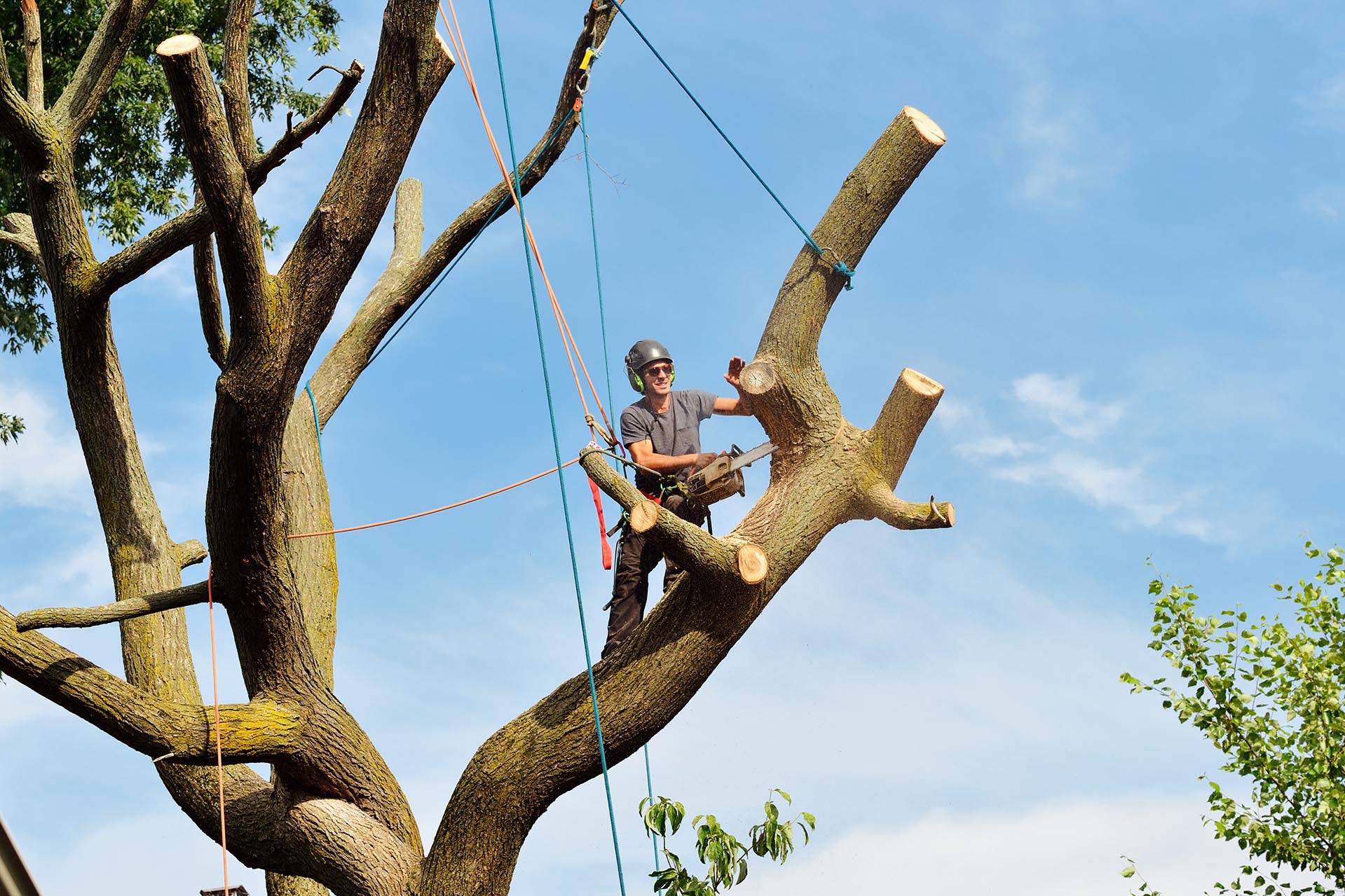Water damage can cause significant disruption and deterioration to any property, making quick and effective action essential. When a property is affected by water, the initial response often determines the extent of long-term damage and repair costs. The first step involves ensuring safety by turning off electricity and gas supplies if flooding or leaks pose hazards. This precaution prevents electrical shocks or fires during cleanup efforts.
Once safety measures are in place, it is crucial to identify the source of water intrusion and stop it immediately. Whether caused by burst pipes, heavy rain, or appliance malfunctions, halting further water entry minimizes additional damage. After stopping the inflow, removing standing water should be prioritized using pumps, wet vacuums, or mops depending on the severity of flooding. Prompt extraction reduces risks such as mold growth and structural weakening.
Drying out affected areas follows next in importance. Increasing ventilation with fans and dehumidifiers accelerates moisture evaporation from walls, floors, and furniture. Opening windows when weather permits helps circulate fresh air inside the space. It is important to monitor humidity levels continuously until surfaces feel dry to touch because residual dampness can lead to persistent problems like mildew.
Cleaning all impacted surfaces thoroughly ensures removal of contaminants that may have accompanied floodwaters including dirt, bacteria, or chemicals. Using appropriate cleaning agents tailored for different materials prevents staining while disinfecting effectively restores hygiene standards within the property environment.
Salvaging personal belongings requires careful evaluation; some items might be restored through drying techniques whereas others could necessitate disposal due to irreparable damage or health risks associated with mold contamination. Prioritizing valuable documents or sentimental possessions during this process aids in preserving what matters most amid recovery efforts.
Consulting professional restoration services often becomes necessary when dealing with extensive water damage beyond simple cleanup capabilities. Experts bring specialized equipment alongside expertise to handle structural repairs as well as advanced drying methods that homeowners typically lack access to at short notice.
Insurance claims related to water-affected properties should be filed promptly after documenting all damages comprehensively through photographs and written records detailing losses incurred along with receipts for emergency repairs undertaken initially.
In summary, addressing a water-affected property swiftly involves securing safety first followed by stopping further water ingress then extracting standing liquid efficiently before drying everything completely while cleaning thoroughly throughout each stage makes recovery more manageable reducing long-term consequences significantly thereby restoring comfort back into living spaces faster than delayed responses would allow.



